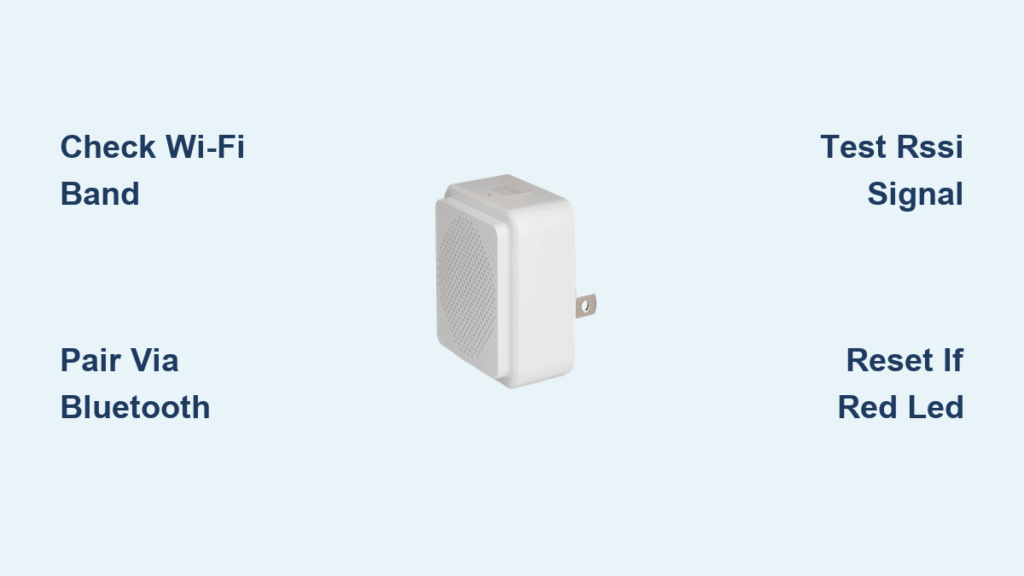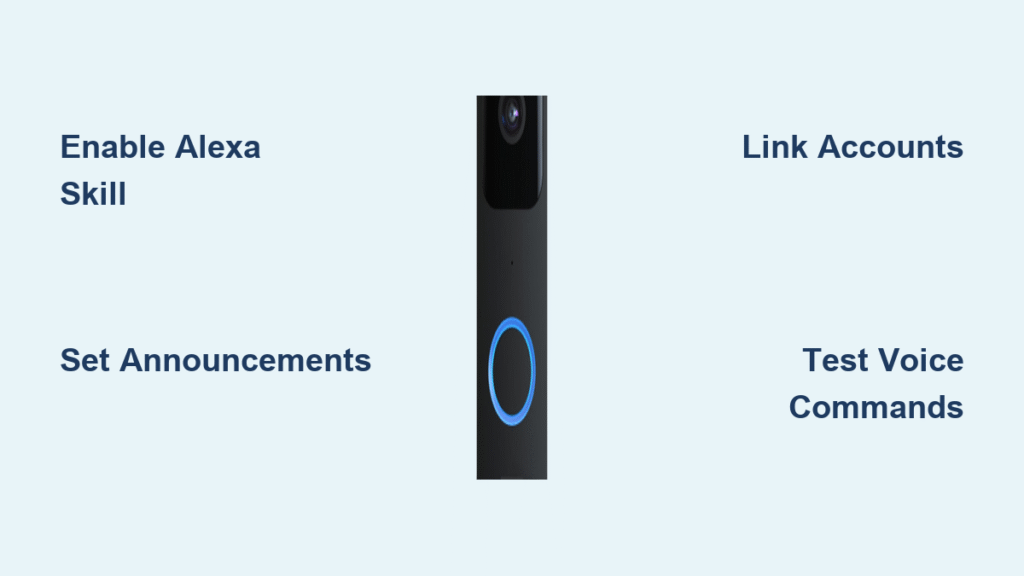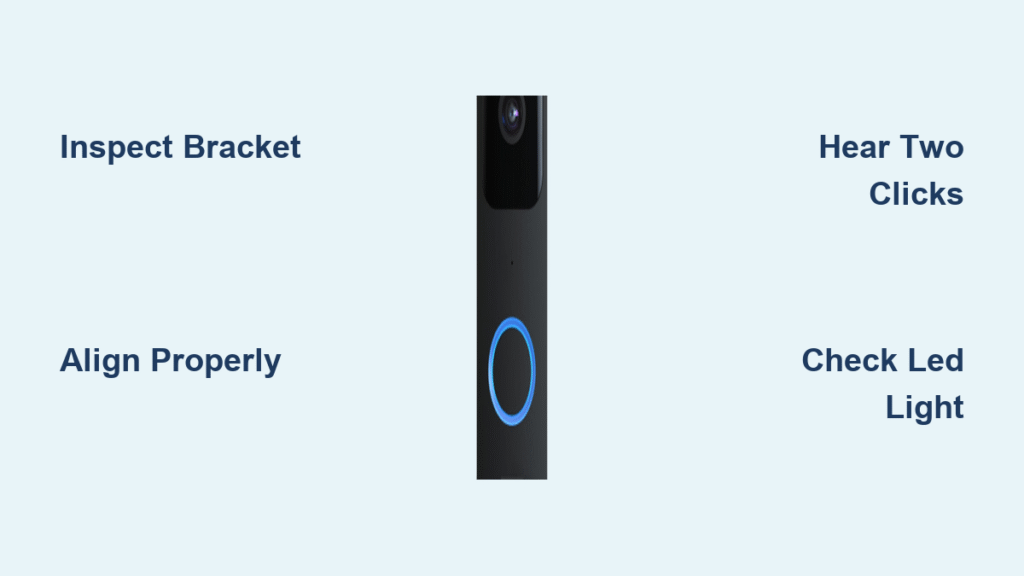You’ve installed your Wyze Video Doorbell, but when visitors ring, your phone might be charging in another room or silenced during meetings. Without a physical chime, you’ll miss crucial deliveries or unexpected guests. Setting up your Wyze doorbell chime takes just 10 minutes and guarantees you’ll hear every ring throughout your home. This guide cuts through confusing instructions to deliver the exact steps for flawless chime installation—whether you have the original model or Chime Pro with Wi-Fi extending capabilities.
Most users struggle with Wi-Fi band confusion during setup, but we’ll help you avoid that critical pitfall immediately. You’ll learn precise placement tricks, troubleshoot connection failures in seconds, and unlock advanced features like custom tones and smart home integrations. By the end, your chime will deliver crisp, instant alerts no matter where you are in the house.
Verify Your Setup Requirements Before Unboxing
Don’t waste time troubleshooting avoidable compatibility issues. Before touching the chime hardware, confirm these non-negotiable prerequisites using your Wyze app:
- Doorbell Status: Ensure your Wyze Video Doorbell (wired or battery) shows “Online” in device list
- Wi-Fi Band: 2.4GHz network only (5GHz blocks initial pairing—check router settings)
- App Version: Must be latest Wyze app from App Store/Google Play
- Phone OS: iOS 9.0+ or Android 5.0+ minimum
Critical Check: Open your Wyze app and navigate to doorbell settings. If your doorbell status shows “Offline,” fix that first—your chime won’t pair to an unresponsive doorbell. Skip this verification and you’ll face pairing failures 90% of the time.
Placement Rules for Strong Signal Connection
Your chime’s location makes or breaks performance. Follow these physics-tested guidelines:
- Distance Limit: Keep within 50 feet of your doorbell (measured through walls)
- Interference Zones: Avoid spots near microwaves, baby monitors, or thick concrete walls
- Signal Test: After setup, check doorbell RSSI in app—must read -70 or better
Pro Tip: Hold your phone next to potential chime locations while viewing real-time RSSI in Wyze app. Move closer if numbers dip below -70.
Install Hardware in Under 60 Seconds
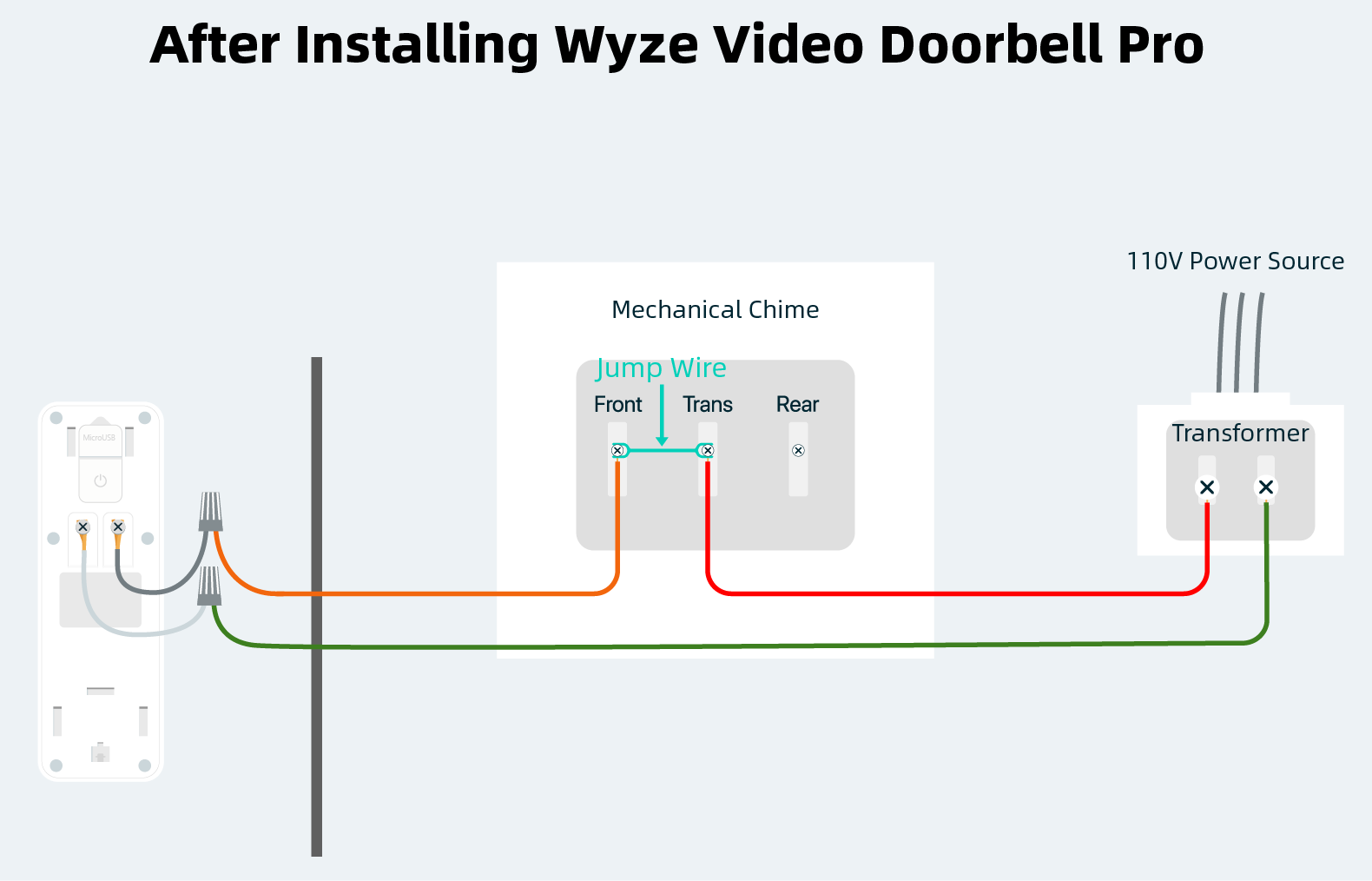
Original Wyze Chime Plug-and-Play Setup
- Plug chime into standard wall outlet (no wiring needed)
- Position on ground floor for multi-story homes—sound travels upward better
- Verify blue LED flashes when powered (solid blue = ready for pairing)
Warning: Never use extension cords. Direct wall outlet connection prevents power fluctuations that cause audio dropouts.
Chime Pro Dual-Function Installation
Maximize your Pro model’s Wi-Fi extending superpower with this strategic placement:
- Position Midway: Place exactly between router and doorbell (use tape measure)
- Preserve Outlets: Its pass-through design keeps second socket free for lamps or chargers
- Test Range Boost: Walk doorbell live view to property edge—Pro extends reach to 200 feet
Time Saver: Install Chime Pro first if your doorbell has weak signal. It solves two problems at once.
Pair Chime to Wyze App Without Connection Failures
Standard Bluetooth Pairing Method (95% Success Rate)
- Open Wyze app → tap “+” → Add Device → Home → select “Wyze Chime”
- Enable Bluetooth on phone (required even for Wi-Fi devices)
- Press recessed setup button for 3-5 seconds until LED flashes blue
- Select ONLY 2.4GHz network—5GHz options will cause pairing failure
Critical Mistake Alert: Entering Wi-Fi password incorrectly is the #1 setup failure. Triple-check case sensitivity—your network “HomeWiFi24” won’t connect if typed as “homewifi24”.
QR Code Backup Method When Bluetooth Fails
- Go to doorbell settings → Accessories → Add Chime
- Display QR code on phone screen
- Hold phone 6 inches from chime’s front panel during scan
- Wait for solid blue LED before closing app
Visual Cue: Blue LED flashing = pairing in progress. Solid blue = successful connection. Anything else requires troubleshooting.
Customize Alerts for Your Lifestyle
Tone and Volume Precision Settings
Volume Sweet Spot: Set to 7 for most homes—louder causes distortion, quieter gets missed. Test with phone on silent in furthest room.
Tone Selection Strategy:
– Front Door: Distinctive sounds like Westminster Chime
– Back Door: Bird Chirping (less alarming for deliveries)
– Pro Users: Upload custom MP3s (doorbell settings → Tones → Custom)
Pro Tip: Assign unique tones when connecting multiple doorbells—no more guessing which door someone’s at.
Smart Scheduling That Actually Works
- Enable Quiet Hours (e.g., 10 PM-7 AM weekdays)
- Override anytime: Hold volume button 3 seconds during quiet hours
- Multi-chime sync: All paired chimes follow same schedule
Time Estimate: Full configuration takes 90 seconds—less than brewing coffee.
Fix Red LED Flashing in 60 Seconds Flat
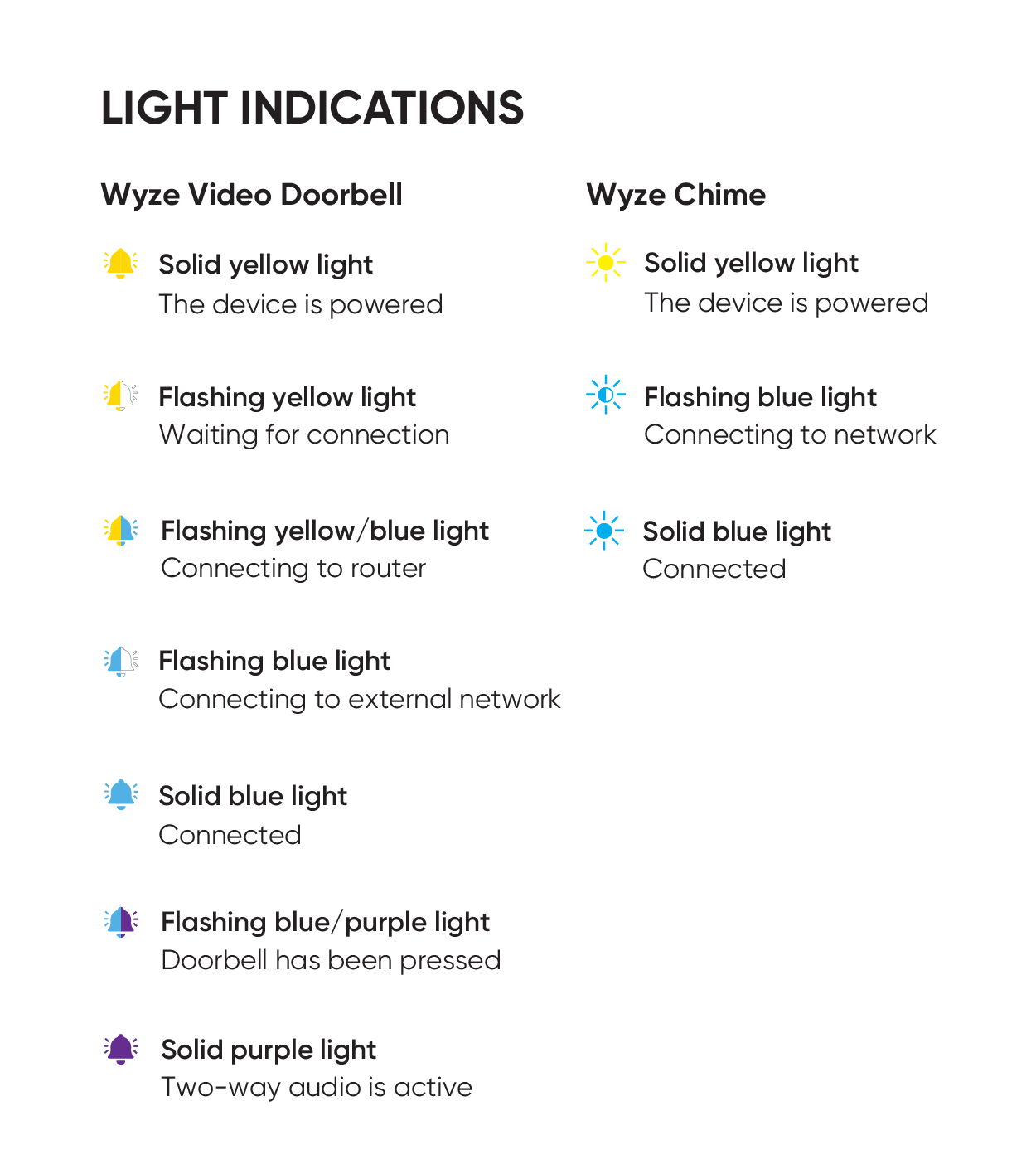
When your chime LED flashes red, diagnose instantly using this flowchart:
| LED Pattern | Immediate Action |
|---|---|
| Flashing Red | Re-enter Wi-Fi password—90% fix |
| Solid Red | Try different outlet (check circuit breaker) |
| Red/Blue Alternating | Hold setup button 10 seconds to reset |
Audio Failure Checklist:
– 🔇 Muted chime? Hold volume button 3 seconds to unmute
– mDust-clogged speaker? Blast grille with compressed air
– 📶 Weak signal? Move chime closer—RSSI must be -70+
Urgent Note: Delayed rings mean your Wi-Fi channel conflicts. Switch router to channels 1, 6, or 11 immediately.
Reset Procedures That Actually Work
Soft Reset (Keeps All Settings)
Hold setup button 10 seconds until LED turns solid yellow. Use when:
– Chime stops responding temporarily
– Audio cuts out during storms
– After router reboots
Full Factory Reset (Nuclear Option)
Hold setup button 20+ seconds until rapid red flashes. Required when:
– Wi-Fi password changes
– Moving to new home
– Persistent “Error 27” (authentication failure)
Critical Step: Re-pair within 5 minutes after reset—delayed pairing causes Error 90 (device offline).
Unlock Chime Pro’s Hidden Power Features
Transform It Into a Wi-Fi Extender
- Complete initial 2.4GHz setup first
- Go to Device Settings → Wi-Fi Network → switch to 5GHz
- Enable Ethernet Backhaul (plug router into Chime Pro’s Ethernet port)
Range Test: Stand at your property line with doorbell live view. Pro extends coverage to 200 feet—test before final placement.
Multi-Doorbell Mastery
Connect up to 4 doorbells to one chime with zone control:
– Assign unique tones per doorbell (front/back/side doors)
– Set location-specific schedules (e.g., garage door silent at night)
– Create “Zone Alerts” where only relevant chimes ring
Pro Setup: Basement doorbell rings only basement chime—no more waking kids upstairs.
Monthly Maintenance That Prevents 80% of Failures
60-Second Performance Tune-Up
- Check RSSI: Must read -70 or better in app (tap doorbell → Settings → Device Info)
- Update Firmware: Enable auto-updates under Device Settings → Firmware
- Clean Speaker: Monthly compressed air blast prevents muffled audio
- Outlet Check: Wiggle plug—loose connections cause intermittent silence
Power Truth: Chimes use just 2-3 watts—costs $0.50/year. But always plug into surge protector during storms.
Smart Home Integration Made Simple
Voice Assistant Setup (3 Minutes)
For Alexa:
1. Wyze app → Account → Alexa Skills → enable
2. In Alexa app: Routines → “Someone at door” → add announcements
For Google:
1. Google Home app → + → Set up device → Works with Google → Wyze
2. Say: “Hey Google, broadcast doorbell ring to kitchen speaker”
IFTTT Automations That Save Time
Create these free automations:
– 💡 Flash Philips Hue lights when doorbell rings
– 📱 SMS all family members for package deliveries
– 📹 Start security cameras recording for 30 seconds
– 🌡️ Adjust thermostat when visitors arrive
Smart Scene Example: Doorbell press → living room lights pulse → cameras record → notification sent to all phones.
Your Wyze doorbell chime now delivers instant, crystal-clear alerts throughout your home. Test immediately by pressing your doorbell—sound should play within 2 seconds. If delayed, move chime closer or reset Wi-Fi channel. For lasting performance, update firmware monthly and clean the speaker grille quarterly. Missed this step? Your chime will gradually muffle as dust accumulates. Ready to go further? Explore IFTTT automations to make your chime trigger lights or security cameras—turning simple alerts into a full smart home response system.

